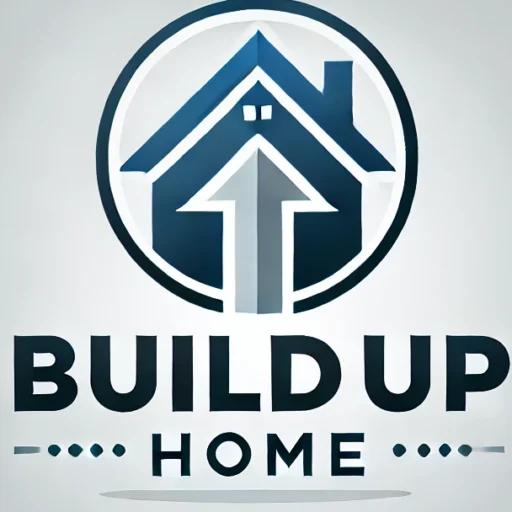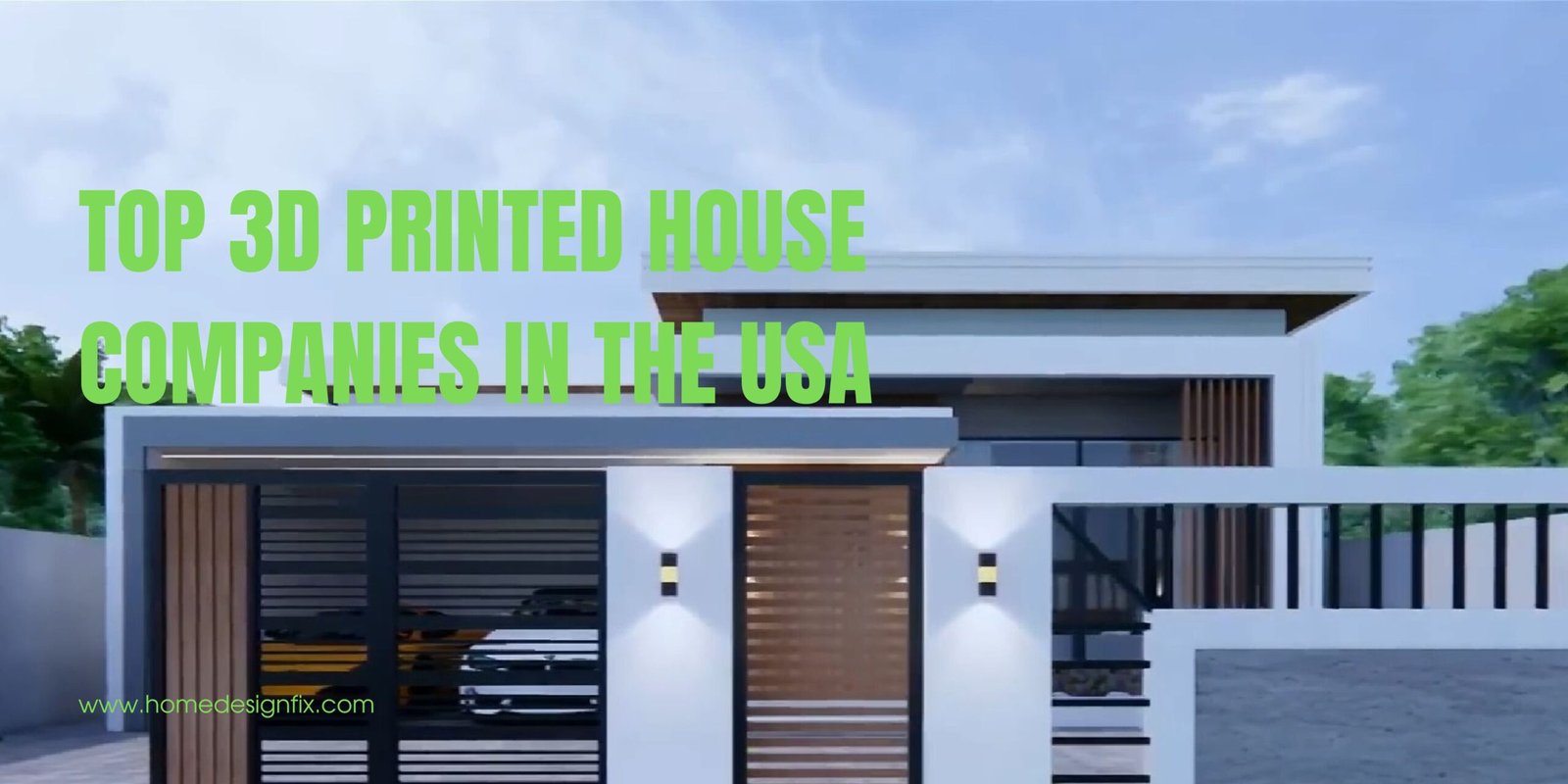The future of home construction is taking shape—layer by layer. As the housing crisis intensifies and sustainable practices become more urgent, 3D printed houses are rapidly emerging as a game-changer in the construction industry. Combining advanced robotics, sustainable materials, and cost efficiency, 3D printed house companies in the USA are leading the charge in creating homes faster, cheaper, and more sustainably than ever before.
In this article, we’ll explore what makes 3D printed homes so revolutionary and take a closer look at the top companies in the USA that are pushing the boundaries of what’s possible in modern construction.
What Is a 3D Printed House?
A 3D printed house is built using large-scale 3D printers that extrude concrete or other composite materials layer by layer to form the walls and structural components of a home. This technique significantly reduces labor, construction time, and waste, while offering design flexibility and enhanced durability.
These houses can be constructed in a matter of days and are often more affordable than traditional builds, making them a compelling solution for affordable housing, disaster relief shelters, and eco-conscious developments.
Read More About: 3d Printed Houses
Benefits of 3D Printed Houses
Before diving into the leading companies, let’s review some of the core benefits that make 3D printed homes so appealing:
- Speed: Homes can be printed in as little as 24 to 72 hours.
- Cost-efficiency: Reduces labor and material costs.
- Sustainability: Less construction waste and lower carbon footprint.
- Design Flexibility: Allows for complex and modern architectural forms.
- Durability: Often resistant to natural disasters like hurricanes and earthquakes.
Top 3D Printed House Companies in the USA
1. ICON (Austin, Texas)
Overview:
ICON is arguably the most well-known 3D printed house company in the United States. Founded in 2017, ICON made headlines with the first permitted 3D printed home in the U.S. and has since raised hundreds of millions in funding.
Notable Projects:
- The first 3D printed community in Tabasco, Mexico (in partnership with New Story).
- 3D printed homes for homeless populations in Austin, Texas.
- Partnership with NASA to explore building habitats on the Moon and Mars.
Technology:
ICON uses its proprietary Vulcan printer and Lavacrete material, a specially formulated concrete that provides excellent structural strength and thermal insulation.
Why They Stand Out:
ICON combines innovation with humanitarian goals, targeting both affordable housing and futuristic space exploration.
2. Mighty Buildings (Oakland, California)
Overview:
Mighty Buildings specializes in producing prefabricated, energy-efficient 3D printed homes. They use automation to print panels in a factory setting and then assemble them on-site, which speeds up the entire process.
Notable Projects:
- Housing developments in Southern California.
- Partnered with Palari Group to develop the world’s first 3D printed net-zero community.
Technology:
They use a proprietary composite stone material that hardens quickly under UV light, allowing for efficient prefabrication.
Why They Stand Out:
Mighty Buildings is at the forefront of integrating 3D printing with sustainability and modular construction.
3. SQ4D (Patchogue, New York)
Overview:
SQ4D is a New York-based 3D printing construction company that developed the Autonomous Robotic Construction System (ARCS) for printing large-scale structures on-site.
Notable Projects:
- Built the first 3D printed home for sale in the U.S. (listed on MLS).
- Various demo homes in Long Island, NY.
Technology:
ARCS enables on-site printing of foundations, walls, and partitions, dramatically reducing human labor and construction waste.
Why They Stand Out:
Their focus on affordability and real-world scalability puts SQ4D at the center of residential innovation.
4. Alquist 3D (Iowa and Virginia)
Overview:
Alquist 3D focuses on building 3D printed homes in rural and underserved communities to address the housing crisis. They made news for printing Virginia’s first owner-occupied 3D printed home.
Notable Projects:
- Partnership with Habitat for Humanity.
- 3D printed home in Williamsburg, Virginia.
Technology:
Alquist 3D uses concrete-based materials optimized for long-term durability and cost reduction.
Why They Stand Out:
Their mission-driven approach is centered on providing housing solutions for communities most in need.
Read More About: Luxury Custom Home Builders
5. COBOD International (U.S. Division)
Overview:
Originally based in Denmark, COBOD has a growing presence in the U.S. through partnerships with companies like GE Renewable Energy and PERI. They supply the BOD2 construction printer, one of the most advanced printers on the market.
Notable Projects:
- First two-story 3D printed home in the U.S. (Houston, TX).
- Ongoing infrastructure and housing projects.
Technology:
COBOD’s BOD2 is a modular construction printer known for speed, scalability, and versatility.
Why They Stand Out:
Their technology is behind many of the most ambitious 3D printed projects in the U.S. and globally.
Challenges and Future Outlook
While 3D printed homes are gaining traction, there are still hurdles to overcome:
- Regulatory Barriers: Building codes and zoning laws have yet to fully adapt.
- Material Limitations: Not all materials perform well across diverse climates.
- Public Perception: Skepticism remains regarding durability and safety.
Despite these challenges, the market outlook is optimistic. Analysts project that the global 3D printed housing market could reach over $1.5 billion by 2030, driven by advances in robotics, materials, and increased demand for affordable, sustainable housing.
Final Thoughts
The rise of 3D printed house companies in the USA signals a turning point in how we think about construction, housing affordability, and environmental sustainability. From ICON’s space-age ambitions to SQ4D’s accessible home listings, these companies are reimagining what it means to build—and live—in the 21st century.
As the technology matures and regulatory frameworks catch up, 3D printed homes could become not just an alternative, but a mainstream solution to the nation’s housing challenges.

